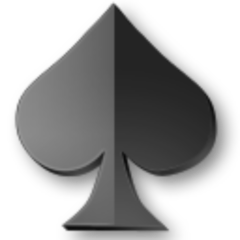Blackjack is a casino game of cards that pits players against the dealer. It is a table game and requires a minimum bet of $2, but can go up to $500 per hand. The goal of the player is to draw cards with a total closer to 21 (without going over) than the dealer’s. The game is more engaging than a slot machine and less complicated than poker, but it can be just as addictive. Many casino novices are drawn to blackjack, but it’s important to understand how the game works before you play.
There are several factors that affect blackjack’s popularity and profitability. First, there is competition from other games, such as baccarat, which is preferred by Asian ultra-high rollers. Second, casinos are adjusting rules in order to reduce the edge for players. These changes are often subtle, but they add up. For example, some casinos have reduced the 3 to 2 payout on blackjacks to 6 to 5, increasing the house edge and taking money out of players’ pockets.
The game of blackjack is a game of chance, but it can be beat with careful strategy. Studies of millions of computer-generated hands have yielded a basic strategy that dictates when to hit, stand, double and split. A well-practiced strategy can lower the house’s advantage to 1% or less, making it one of the best gambling games for skilled players.
A good blackjack dealer is a vital part of the game, and their ability to create an atmosphere at the table can have a significant impact on players’ enjoyment and winnings. They must be able to set the tone of the game, encourage interaction between players and keep the flow of the hand moving quickly. They also must be able to deal with players’ problems and answer questions.
Blackjack dealers are trained in rules, dealing procedures and the psychology of the game. They are usually paid a minimum wage of $5 per hour, although some casinos offer higher salaries to attract experienced dealers. In addition to interacting with players, they also help them make decisions and count cards.
There are numerous variations of the game, but the basics are the same: each player makes a bet with chips and the dealer deals each player and themselves two cards face up, called an up card and down card. Players may take insurance, which is a side bet that pays 2:1 if the dealer has a blackjack.
Once the players have made their decisions, the dealer checks for a blackjack. If the dealer has a blackjack, the game ends and all players who have not yet stood lose their bets. If the dealer has a 10 up and an ace down, they will offer even money, which is an equal payoff of the original bet. This is a good time to take insurance, as it can protect your bet against losing your original bet. If you have a blackjack and the dealer has an ace up, this is also called an ace-up blackjack.
